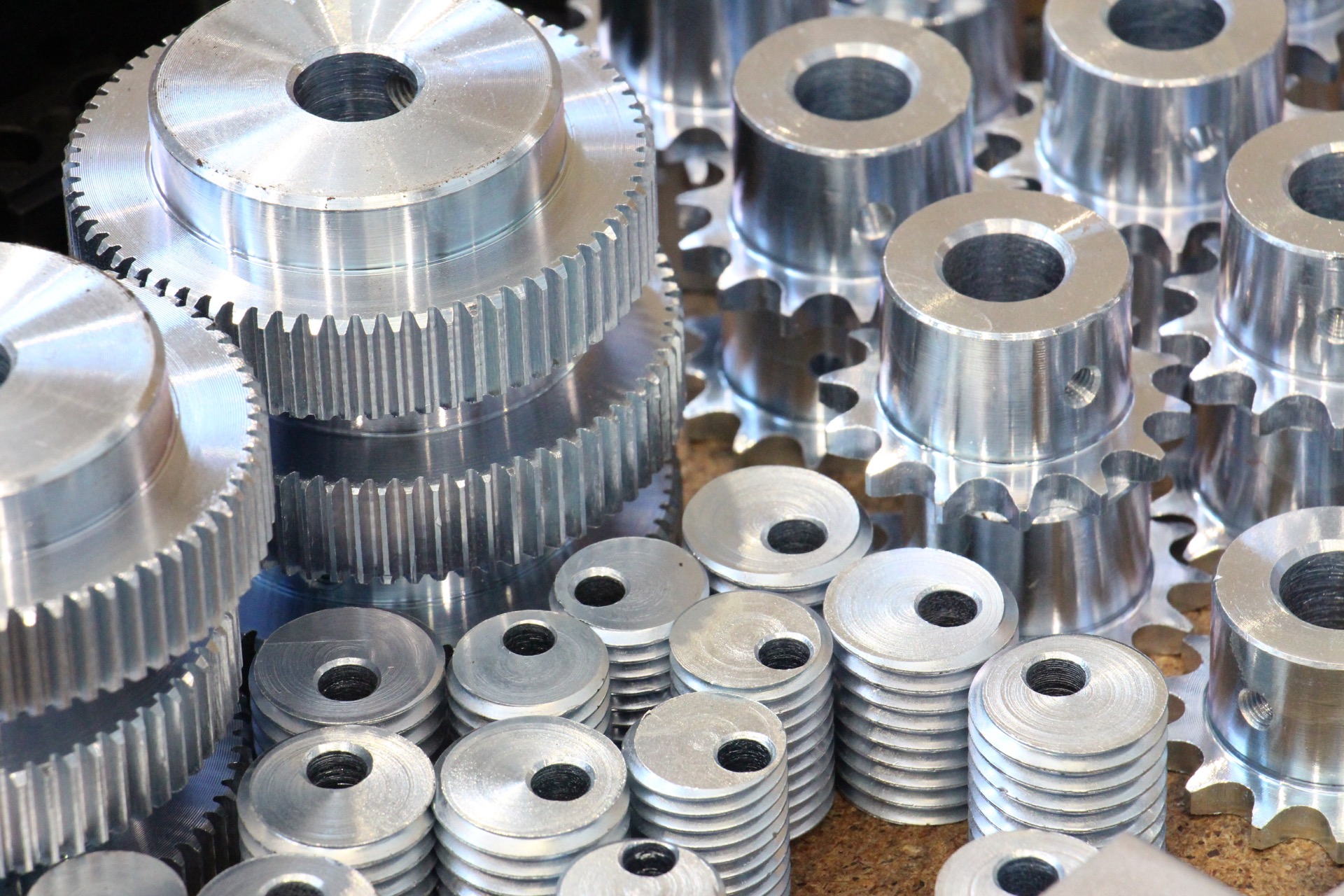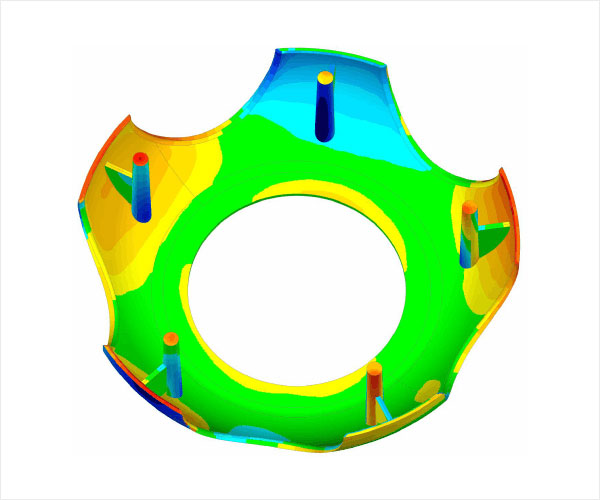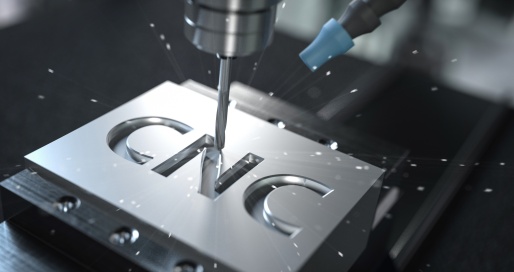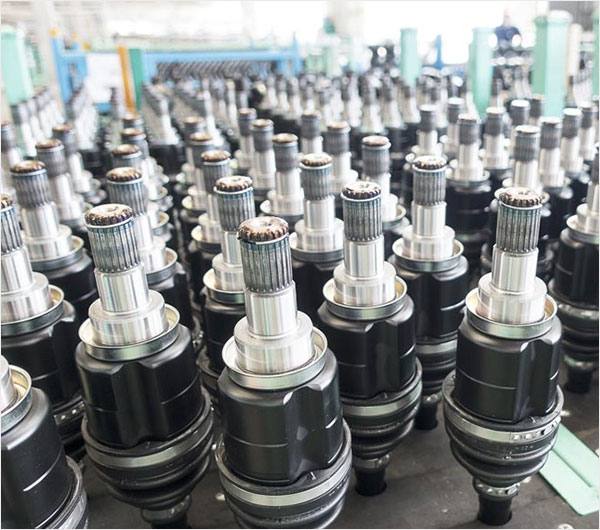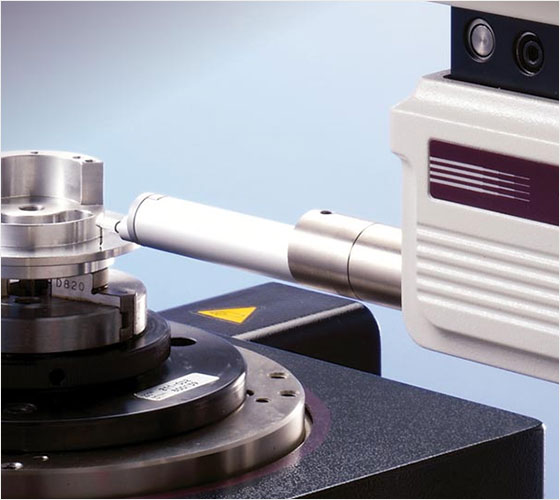Introduction
Embark on a thrilling journey into the art of painting anodized aluminum, where creativity takes center stage. This guide is your passport to a world of imaginative possibilities, where the sturdy anodized aluminum becomes a canvas for your unique expression. Invent the secrets of mastering intricate techniques that breathe new life into these surfaces. Whether you’re envisioning a makeover for outdoor structures or dreaming of adding a distinctive touch to architectural elements, our detailed walkthrough is here to guide you with insights and step-by-step instructions. Join us on this exciting exploration through the vibrant realm of color, creativity, and the boundless potential of anodized aluminum. Let’s transform the ordinary into the extraordinary, making your artistic visions come to life!
How to paint anodized aluminum
Painting anodized aluminum can be a creative and rewarding project. Here’s a simple guide to help you through the process:
Clean the Surface: Start by cleaning the anodized aluminum thoroughly. To get rid of any pollutants, grease, or filth, apply water plus some detergent. Rinse and let it dry completely.
Sand the Surface: Lightly sand the aluminum surface with fine-grit sandpaper (around 320-grit) to create a rough texture. This helps the paint adhere better.
Apply a primer: Use a high-quality metal primer designed for aluminum surfaces. Apply an even coat of primer and let it dry according to the product instructions.
Choose the Right Paint: Opt for a paint suitable for metal surfaces. Acrylic or epoxy-based paints work well for anodized aluminum. Ensure the paint is compatible with outdoor use if the aluminum will be exposed to the elements.
Apply the paint: Use a paintbrush or spray paint for an even application. Apply thin coats, allowing each coat to dry before applying the next. Multiple thin coats result in a more even and durable finish.
Let it cure: Once the final coat is applied, let the paint cure thoroughly. Follow the recommended drying and curing times provided by the paint manufacturer.
Optional Clear Coat: For added protection, consider applying a clear coat designed for metal surfaces. This step helps safeguard the paint and enhances its longevity.
Importance of Painting Anodized Aluminum
Painting anodized aluminum holds significant importance for both aesthetic and practical reasons. These coatings have become famous for being resistant to erosion and hardness in harsh circumstances. However, the color options with this are limited. Painting allows for a broader spectrum of colors, enabling customization to match specific design preferences or corporate branding. Additionally, the paint acts as an additional protective layer, enhancing the aluminum’s resistance to UV rays and preventing potential fading. Aluminum is a great material with a variety of uses, from consumer products to structures, and this action not only improves its physical looks yet keeps its usefulness. The importance of painting anodized aluminum lies in achieving a balance between its inherent durability and the flexibility to meet diverse design requirements.
The best place for you to learn more
Junying’s website is like the coolest place to learn all about making anodized aluminum look awesome with paint. No matter what your expertise, it’s quite simple to operate and they have whatever you require. The site has fun guides, step-by-step how-tos, and interesting articles that make learning about painting aluminum a breeze. So, whether you’re into doing cool projects yourself or you just want to know more about painting aluminum, Junying’s website is the go-to spot for getting all the info you need in a fun and easy way!
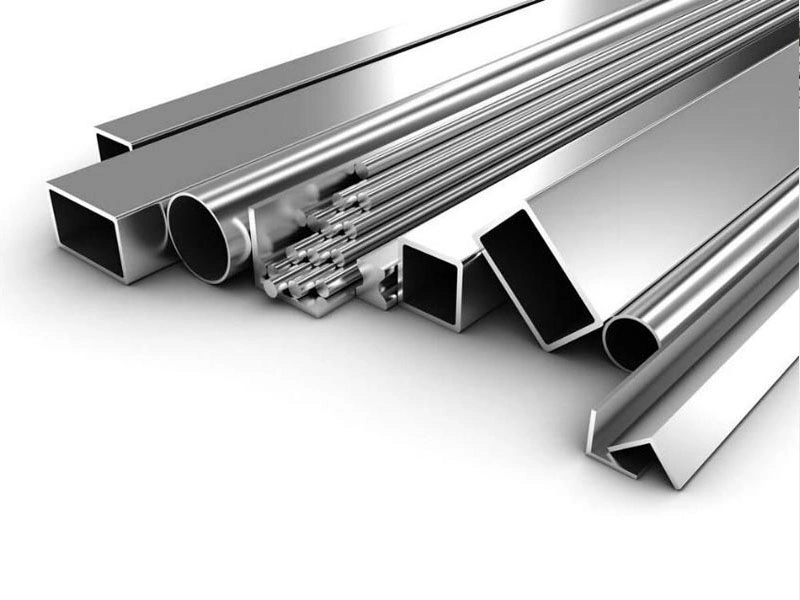
FAQs
Can you paint over anodized aluminum?
Yes, you can paint over it, but proper surface preparation is crucial for adhesion. Sanding and priming are commonly recommended steps.
What type of paint is suitable for anodized aluminum?
Acrylic or epoxy-based paints are often recommended for painting it due to their durability and adhesion properties.
Do I need to strip the anodized coating before painting?
Stripping the anodized coating is not always necessary. However, light sanding and the use of a primer can improve paint adhesion.
Can I use spray paint on anodized aluminum?
Yes, spray paint can be used on it. Ensure it is suitable for metal surfaces and follow proper application techniques.
How do I prepare the surface before painting?
Surface preparation involves cleaning the aluminum, removing any contaminants, and lightly sanding to promote paint adhesion.
Can I paint anodized aluminum without a primer?
While some paints claim to adhere without a primer, using a primer improves adhesion and enhances the longevity of the paint job.
What are the common mistakes to avoid when painting anodized aluminum?
Common mistakes include inadequate surface preparation, using the wrong type of paint, and not following proper application guidelines.
Can I paint outdoor aluminum surfaces?
Yes, painting it for outdoor use is common. Ensure the paint used is suitable for exterior applications and provides UV protection.
The Conclusion
In conclusion, painting it is a truly fulfilling venture that lets you put your personal stamp on surfaces. By following the steps outlined and steering clear of common mistakes, you’re on the path to achieving a lively, enduring finish. Embrace the creative magic of paint to fully unlock the potential of your anodized aluminum. Let it be a canvas for your unique style and preferences, turning it into a personalized masterpiece. So, dive into the colorful world of expression and let the transformative power of paint elevate the allure of your anodized aluminum surfaces.



